You might think it’s too late to begin growing your own vegetables in June, but there’s still an opportunity.
Some crops, such as tomatoes and peppers, should establish themselves, while others can wait until the soil warms up. What you plant will also depend on your location and gardening zone.
As spring transitions and the final frosts pass, now is actually an ideal time to start a vegetable garden.
There’s still a chance to sow seeds or plant seedlings, allowing you to enjoy a homegrown harvest and experience the satisfaction of tending your vegetable patch, whether in containers or a larger backyard plot.
Here are 5 vegetables you can still cultivate in June to enjoy later this summer:
1. Corn
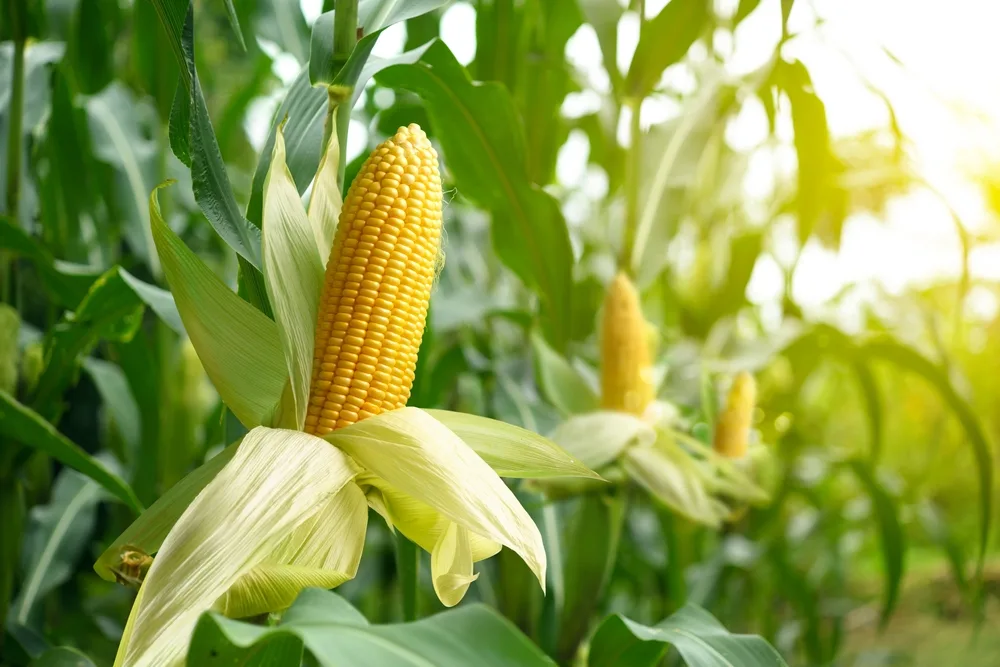
Corn is a tasty treat with butter and pepper, great for grilling, especially when enjoyed outdoors.
It’s a rewarding and fast-growing crop suitable for planting in June. Depending on conditions, it can mature within 60 to 70 days.
Corn thrives in full sun and well-drained, fertile soil, with a pH of 6.0 to 6.8 recommended by Bonnie Plants. Before planting, enrich the soil with aged compost or organic matter.
Corn requires ample space; plant seedlings 8 to 12 inches apart and use mulch to retain moisture and suppress weeds. Block planting is beneficial for wind pollination, utilizing various wind directions.
Regular watering, particularly in dry weather, is essential. Begin with a balanced fertilizer and transition to high-nitrogen feed once plants reach 10-12 inches tall.
To determine readiness for harvest, check kernels by piercing with a nail. Milky sap indicates ripeness for picking.
Planting Zones 3-10
2. Cucumbers
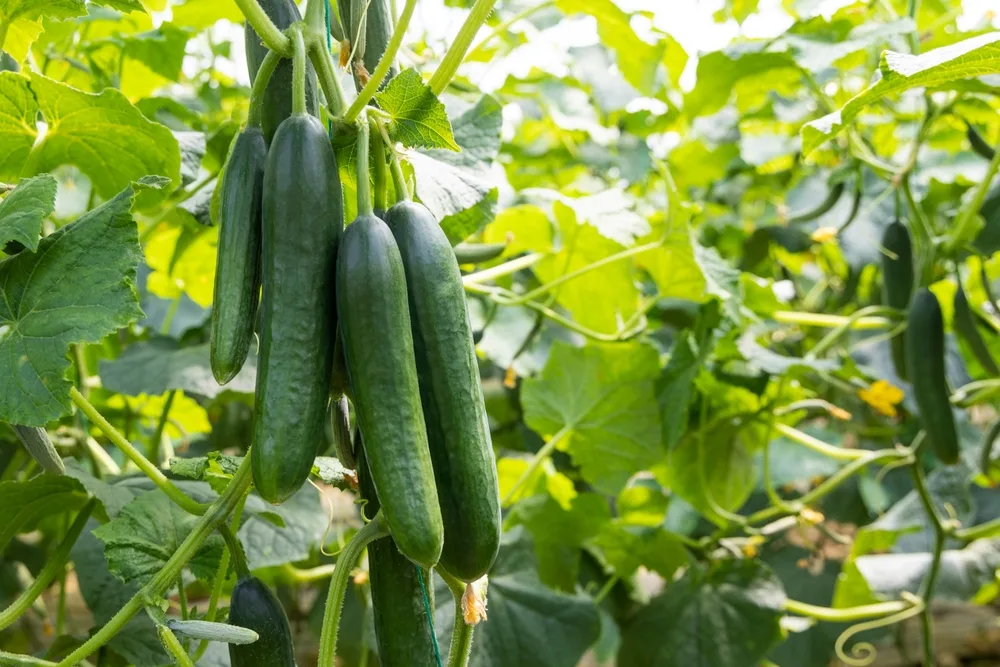
Cucumbers thrive in warm weather, are vulnerable to frost, and are ideal for summer salads and pickling.
When temperatures reach 70°F or higher, cucumbers are suitable to plant. Depending on the growth habit (bush or vine), provide ample space—36 to 60 inches for sprawling vines and 12 inches for trellised plants.
Well-drained soil with a pH of 6.0-6.5 enriched with compost and organic fertilizer is optimal. Liquid feed supports growth.
Consistent watering prevents misshapen cucumbers. Each plant should yield 10 to 20 cucumbers. Harvesting before yellowing at the base indicates overripeness.
Planting Zones 4-12
3. Bunching Onions
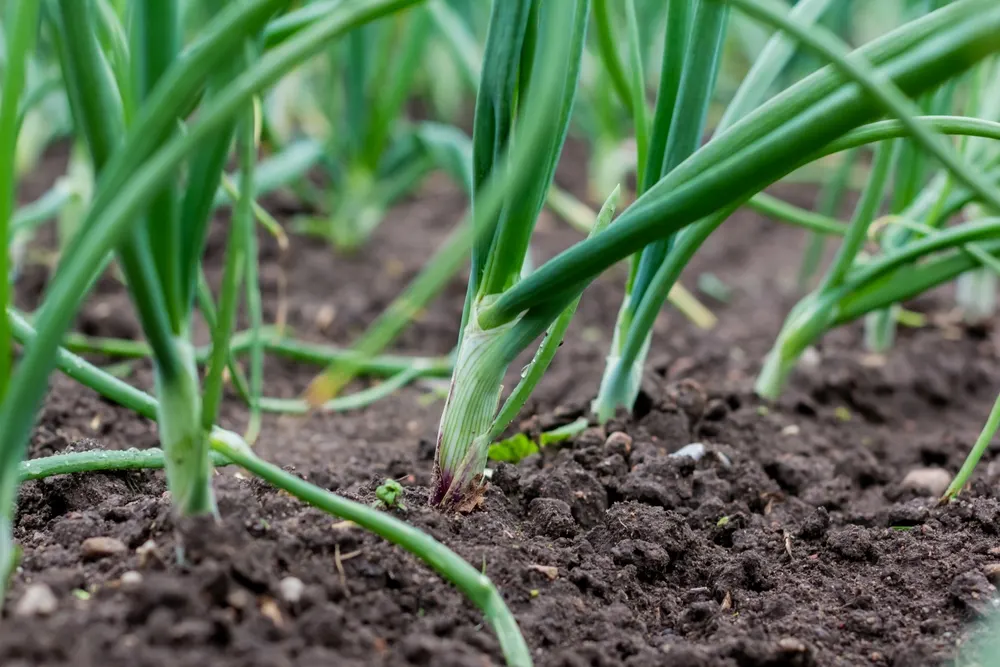
Unlike bulb onions, bunching onions are perfect for rapid growth in June. Also known as scallions or green onions, they enhance salads and stir-fries.
Mild green leaves contrast with pungent white bulbs.
Compact and adaptable, bunching onions thrive in moist, well-drained soil with pH 5.5-7. They tolerate partial shade but prefer full sun for optimal growth.
Direct seed when soil temperature exceeds 50°F, incorporating compost for early nutrition. Space seedlings one inch apart, mulching for moisture retention and weed suppression.
Harvest at 6 inches tall by gently uprooting.
Planting Zones 4-7
4. Radishes
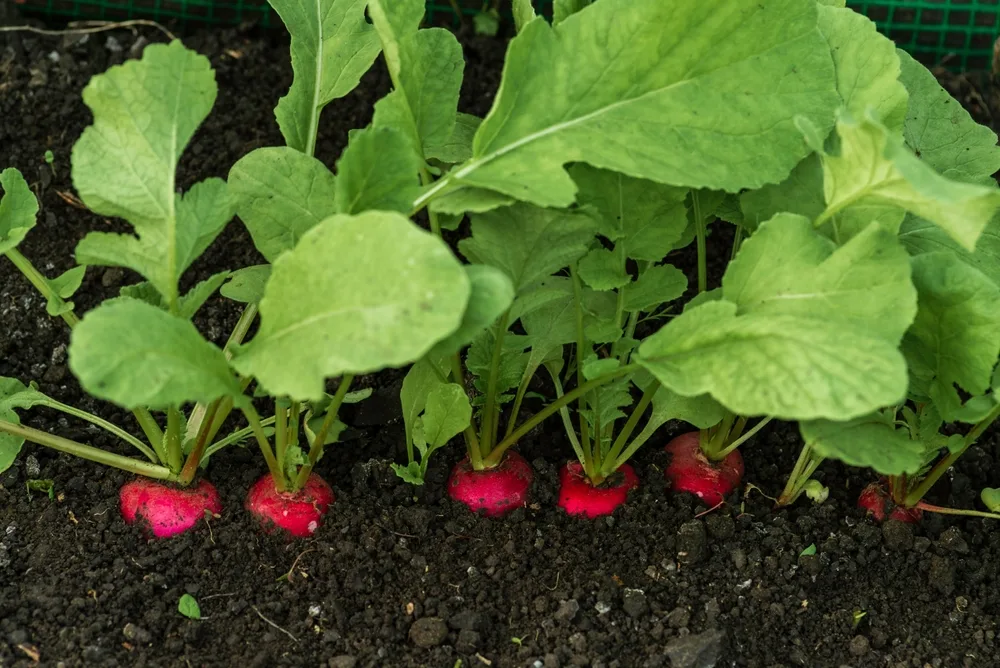
A quick-growing member of the mustard family, radishes offer edible roots and greens.
Plant before temperatures surpass 70°F to avoid bolting. Sow seeds directly half an inch deep, thinning seedlings to one inch apart. Radishes deter pests and complement other vegetables.
Thriving in full sun for six hours daily, radishes need steady watering to prevent root issues.
Harvest when foliage reaches 6-8 inches.
5. Swiss Chard
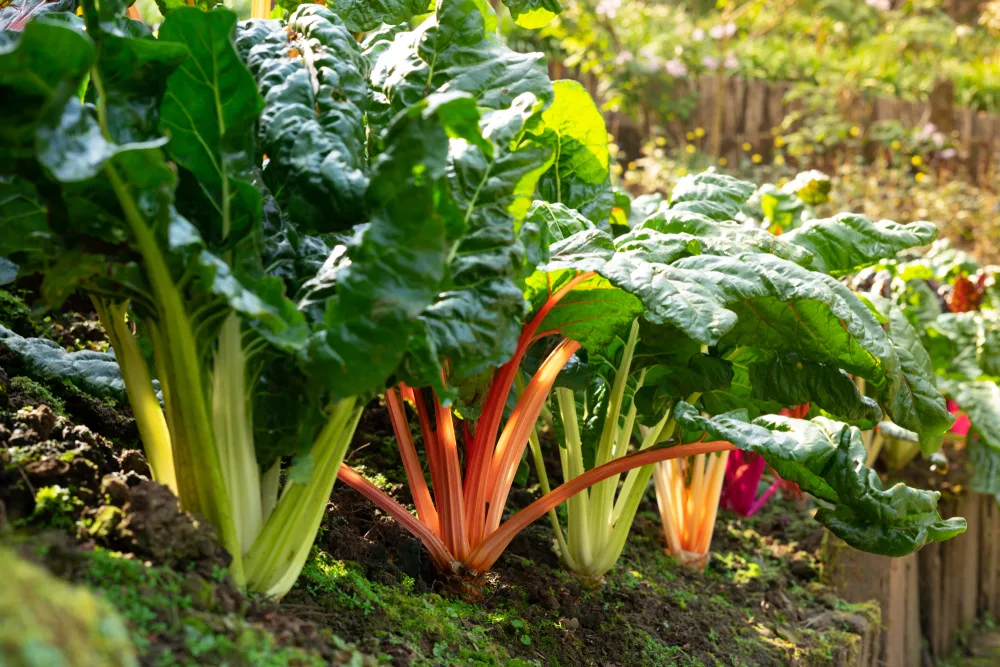
Swiss chard rivals kale and spinach with vibrant colors and culinary versatility. Both leaves and stalks are edible, adding nutrition to dishes.
Swiss chard tolerates warmer temperatures than spinach and flourishes in full sun or partial shade. Plant seeds an inch deep and thin to 12 inches apart. Mulch retains moisture and keeps soil cool.
Harvest leaves at 3 inches or entire plants after four weeks.
Enjoy fresh vegetables from your garden, ensuring a plentiful and rewarding summer harvest.
